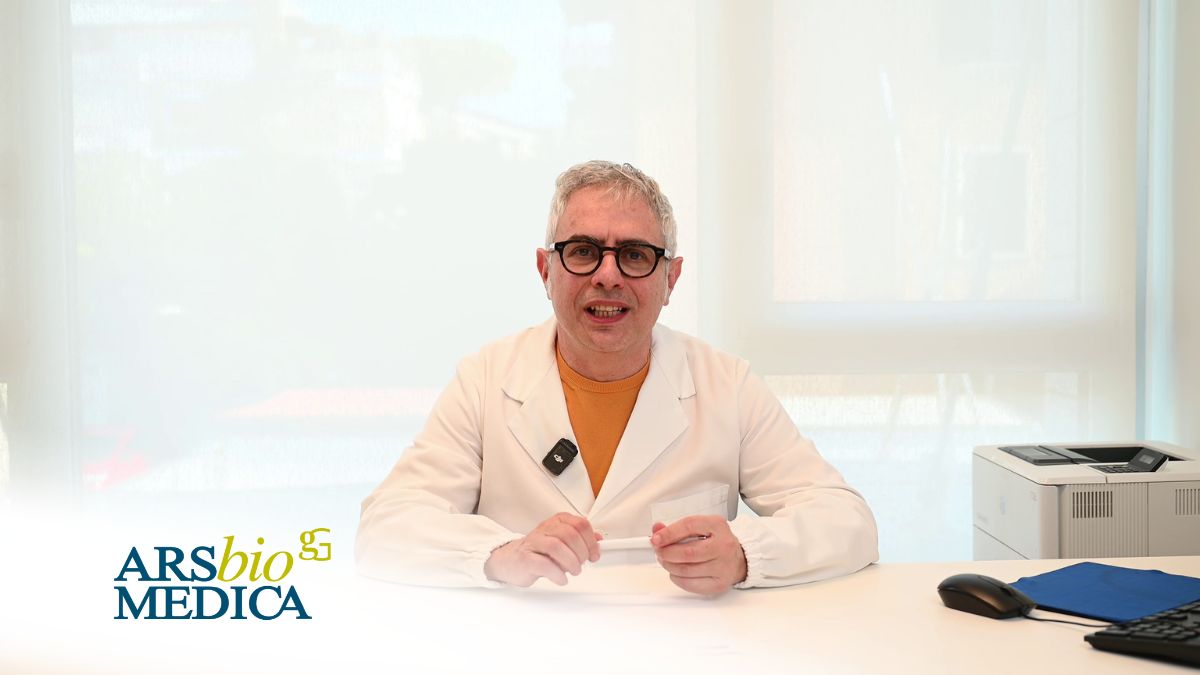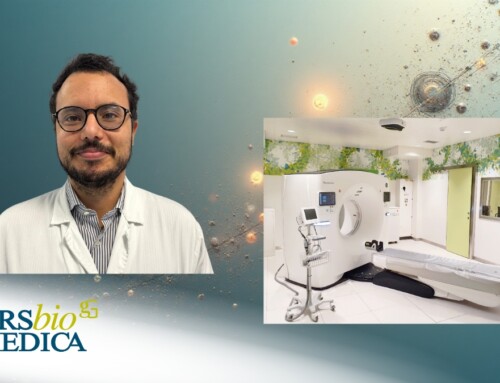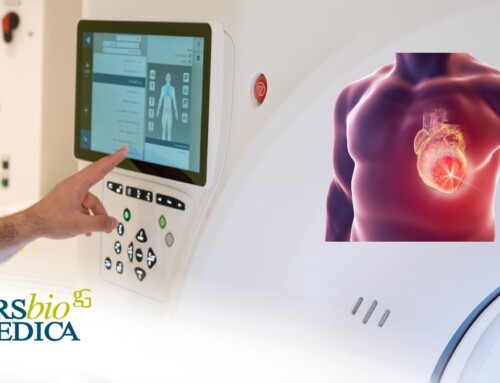
Articolo del 17/01/2025
Colorectal Cancer Screening: Is Prevention Possible?
Preventing and treating colorectal diseases starts with screening for the colon and rectum—organs that play critical roles in digestion and waste elimination. Unfortunately, many important health topics are often overlooked due to misinformation or embarrassment.
To clarify these issues, we spoke with Dr. Sirovich, an expert proctologist at Arsbiomedica Clinic.
Colorectal Cancer Screening: Where to Begin?
Prevention of colorectal cancer is essential, and no symptom should be ignored.
Symptoms can sometimes be silent or appear trivial. For example, a change in bowel habits—such as going from daily bowel movements to every other day, or noticing inconsistencies in stool texture, alternating between softer and firmer stools—should not be dismissed.
Dr. Sirovich advises:
- Monitor changes: Anything unusual in your habits warrants attention.
- Consult a proctologist: A specialist will take a detailed medical history, assessing lifestyle and family history of neoplastic diseases. They will then perform an abdominal examination and recommend further tests as needed.
Key Diagnostic Tests
The first step in detecting potential colon issues is stool analysis, including tests for occult blood in the stool.
For individuals aged 50 or older, if abnormalities are detected, a colonoscopy is the gold standard. It is the only procedure that provides a direct view of the colon, allowing doctors to identify any concerns or confirm normalcy.
What Is Minimally Invasive Surgery in Proctology?
Recent advancements in technology have introduced innovative tools in proctology, such as:
- Laser technology;
- Stem cell-based treatments;
- Microcameras for minimally invasive procedures.
Minimally invasive techniques minimize collateral tissue damage during treatments. For example, when treating a fistula, the surrounding tissue is preserved, resulting in little to no additional damage.
This translates to shorter recovery times for patients. Most procedures are performed as Day Surgery, eliminating the need for prolonged hospital stays. These procedures are nearly painless.
For instance, hemorrhoid removal can be done in a single day: the patient is admitted in the morning, discharged the same evening, and experiences only mild discomfort for a few days. Simple home remedies and minor medications are usually sufficient for recovery, allowing the patient to return to daily activities quickly.
Minimizing Impact on Patients’ Lives
These advanced, non-invasive technologies significantly reduce pain, discomfort, and the overall impact of procedures on patients’ lives. They represent a breakthrough in proctological care, ensuring that prevention and treatment are both effective and patient-friendly.
Differences Between Anoscopy, Laparoscopy, and Rectoscopy
The presence of blood loss is often one of the primary symptoms that prompts patients to consult a specialist. When visiting a proctologist or another relevant expert, they may recommend one of several diagnostic procedures, including anoscopy, rectoscopy, or, in more advanced cases, colonoscopy.
Anoscopy
- Purpose: Examines the anal canal.
- Procedure: Performed using a rigid instrument approximately 5–7 cm long, which allows visualization of the first 4–5 cm of the intestine.
- Findings: Commonly detects conditions such as hemorrhoids, anal fissures, or fistulas—some of the most frequent issues in the anal area.
- Preparation: A simple enema is sufficient, and no anesthesia or extensive preparation is needed.
Rectoscopy
- Purpose: Extends the examination to the rectum and anal canal.
- Procedure: Visualizes up to 15–20 cm from the anal orifice, including the rectal ampulla.
- Findings: Polyp formations and malignant lesions are often identified in the rectal ampulla.
- Preparation: Similar to anoscopy, it requires only a cleansing enema and no anesthesia.
Colonoscopy
- Purpose: Provides a comprehensive examination of the entire colon.
- Procedure: Allows inspection of the sigmoid colon (where diverticula are often found) and other sections of the colon, where tumors or chronic inflammatory conditions are more common.
- Findings: Detects a wide range of conditions, including cancer, polyps, and inflammatory diseases.
- Preparation: Requires thorough bowel cleansing the day before the procedure and is typically performed under sedation with an anesthetist to minimize discomfort due to its invasive nature.
Prevention and Early Detection
Colorectal cancer prevention is crucial for identifying and addressing abnormalities early, reducing the likelihood of progression to malignancy. The colon and rectum are among the areas most frequently affected by tumors, but early detection through occult blood tests and colonoscopy significantly improves outcomes.
Minimally Invasive Techniques: Laparoscopy
While not directly comparable to anoscopy or rectoscopy, laparoscopy plays a role in diagnosing and treating more complex conditions. This minimally invasive surgical procedure involves inserting a camera through a small incision to examine and operate on the abdominal and pelvic cavities. Unlike anoscopy or rectoscopy, laparoscopy is typically used for advanced diagnostic needs or therapeutic interventions.
Key Takeaways
- Anoscopy and Rectoscopy: Quick, minimally invasive, and require minimal preparation.
- Colonoscopy: More thorough but requires significant preparation and sedation.
- Prevention Is Paramount: Screening and early detection save lives by identifying conditions before they become serious.






